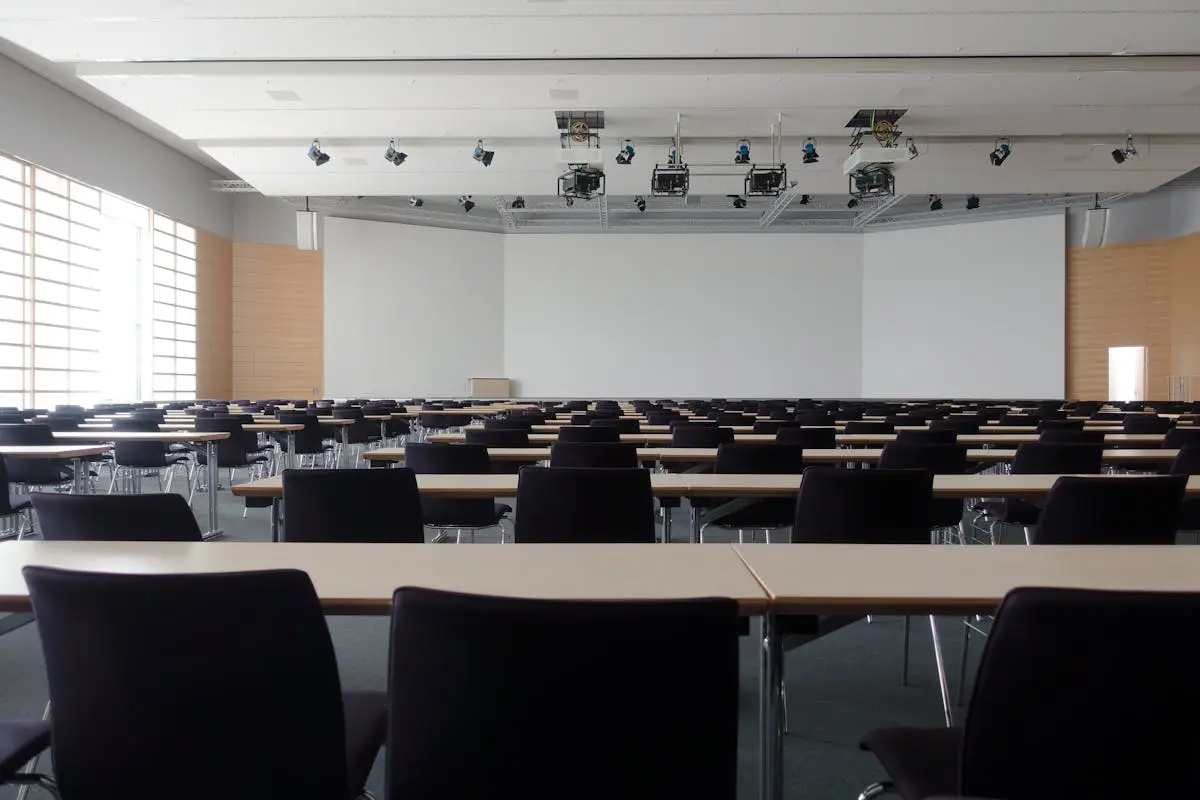Ensuring the safety of students and staff is a top priority for any educational institution. However, there are common mistakes that can compromise classroom security. In this blog, we’ll explore these pitfalls and offer practical solutions to enhance safety in your school.
1. Overlooking Emergency Exits
Emergency exits are crucial for swift evacuation during unforeseen circumstances. Yet, it’s easy to overlook their maintenance and accessibility. Make sure all exits are clearly marked and free of obstructions for quick and safe egress.
Moreover, regular checks of these exits can prevent potential mishaps during emergencies. Establish a routine maintenance schedule to ensure these exits are not just operational but also up-to-date with current safety standards. This includes functional exit signs and doors that open without any hindrances.
2. Ignoring Lockdown Drills
Regular lockdown drills prepare both staff and students for emergencies. These drills should be conducted frequently to ensure everyone knows the protocols and can respond quickly and efficiently in critical situations.
To make these drills more effective, schools can involve local law enforcement. This collaboration not only helps in realistic simulations but also fosters a better understanding of response roles and times, further enhancing preparedness.
3. Neglecting Visitor Management Systems
Effective visitor management is essential to school security. Always require check-ins for visitors and ensure staff are trained to handle unauthorized entries to protect students and staff from potential threats.
Implementing advanced systems, like digital check-ins and badges, can streamline the process. Not only do these systems recognize visitors instantly, but they also keep track of who is on campus at all times, providing an added layer of security. Consider upgrading your visitor management systems for enhanced security.
4. Underestimating Cybersecurity Risks
With technology integral to education, securing digital platforms is just as important as physical security. Implement firewalls, strong passwords, and regular audits to protect sensitive information and prevent breaches.
Another important step is educating both staff and students about potential online threats. Cybersecurity training can empower them to recognize phishing scams and other malicious activities. By fostering a culture of awareness, schools can significantly reduce the risk of cyberattacks.
5. Overlooking Classroom Visibility
Maintaining visual access to classroom activities without compromising security is vital. Clear sightlines and unobstructed views from hallways can help monitor, intervene, and prevent incidents quickly.
Consider the strategic placement of windows and glass panels to enhance visibility. Additionally, employing internal surveillance measures like discreet cameras can provide an added layer of monitoring, ensuring both transparency and safety.
6. Skipping Regular Equipment Checks
Security equipment like cameras and alarms require regular maintenance to function effectively. Schedule routine inspections to ensure all equipment is operational and provide adequate training for staff on their use.
It’s also important to conduct periodic drills that involve these systems. This ensures both functionality and that staff are comfortable with the equipment in actual emergency scenarios, minimizing the risk of errors during critical times.
7. Failing to Update Safety Protocols
Educational environments are constantly evolving, and so should your safety protocols. Regularly update your security policies to adapt to new threats and incorporate the latest best practices.
Engage with security consultants or stay updated through relevant security publications to keep abreast of emerging risks. Schools that integrate this proactive approach are better positioned to identify vulnerabilities and implement necessary changes promptly.
8. Inadequate Training for Staff
Ensure all school personnel are well-trained in security measures, emergency response, and first aid. Comprehensive training prepares staff to handle diverse situations efficiently and effectively.
Additionally, regular refresher courses ensure that skills don’t become rusty and that new staff members are up-to-date from the get-go. Tailored training sessions focusing on potential scenarios specific to your institution’s environment add an extra layer of preparedness.
9. Poor Communication Channels
In times of crisis, clear communication is critical. Establish reliable communication channels, such as intercoms and messaging apps, to ensure timely information dissemination and response coordination.
Moreover, integrate routine checks of these systems to ensure they work flawlessly when needed. Establishing a protocol for designated communicators can help reduce information bottlenecks during emergencies.
10. Leaving Areas Unsurveillance
Unmonitored areas can become havens for misconduct or breaches. Strategically place surveillance cameras in all key areas to deter inappropriate behavior and quickly respond to incidents.
Consider adopting advanced technologies like motion sensors or AI-based analytics to boost surveillance effectiveness. These tools can provide alerts in real-time, allowing staff to respond swiftly to potential threats.
11. Disregarding Environmental Design
The design of school premises plays a crucial role in security. Consider elements like lighting, landscaping, and entrances in your security planning to enhance visibility and accessibility.
Incorporating elements like perimeter fences, controlled access points, and open layout designs can significantly thwart unauthorized access. Consult with safety designers to make the most of your school’s architectural strengths.
12. Insufficient Access Control
Control who can enter and leave the premises. Use keycards, security personnel, and automated locks to limit access to authorized individuals, thus preventing unauthorized entry and enhancing overall security.
Enhance these measures by integrating technologies like biometric systems or facial recognition. While they offer an advanced level of security, it’s important to stay informed about privacy considerations and ensure compliance with related regulations.



